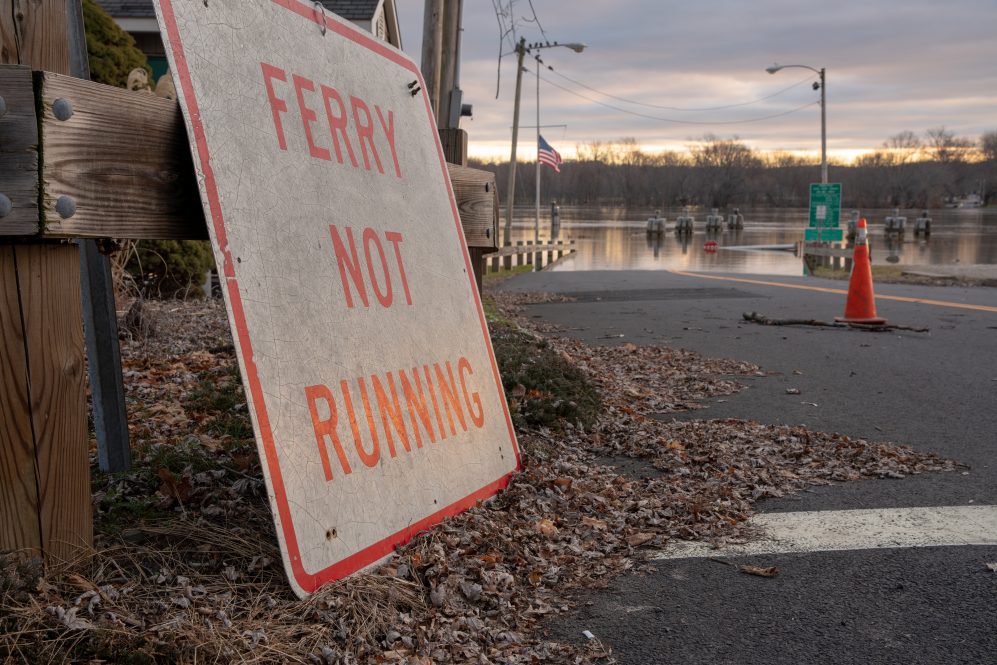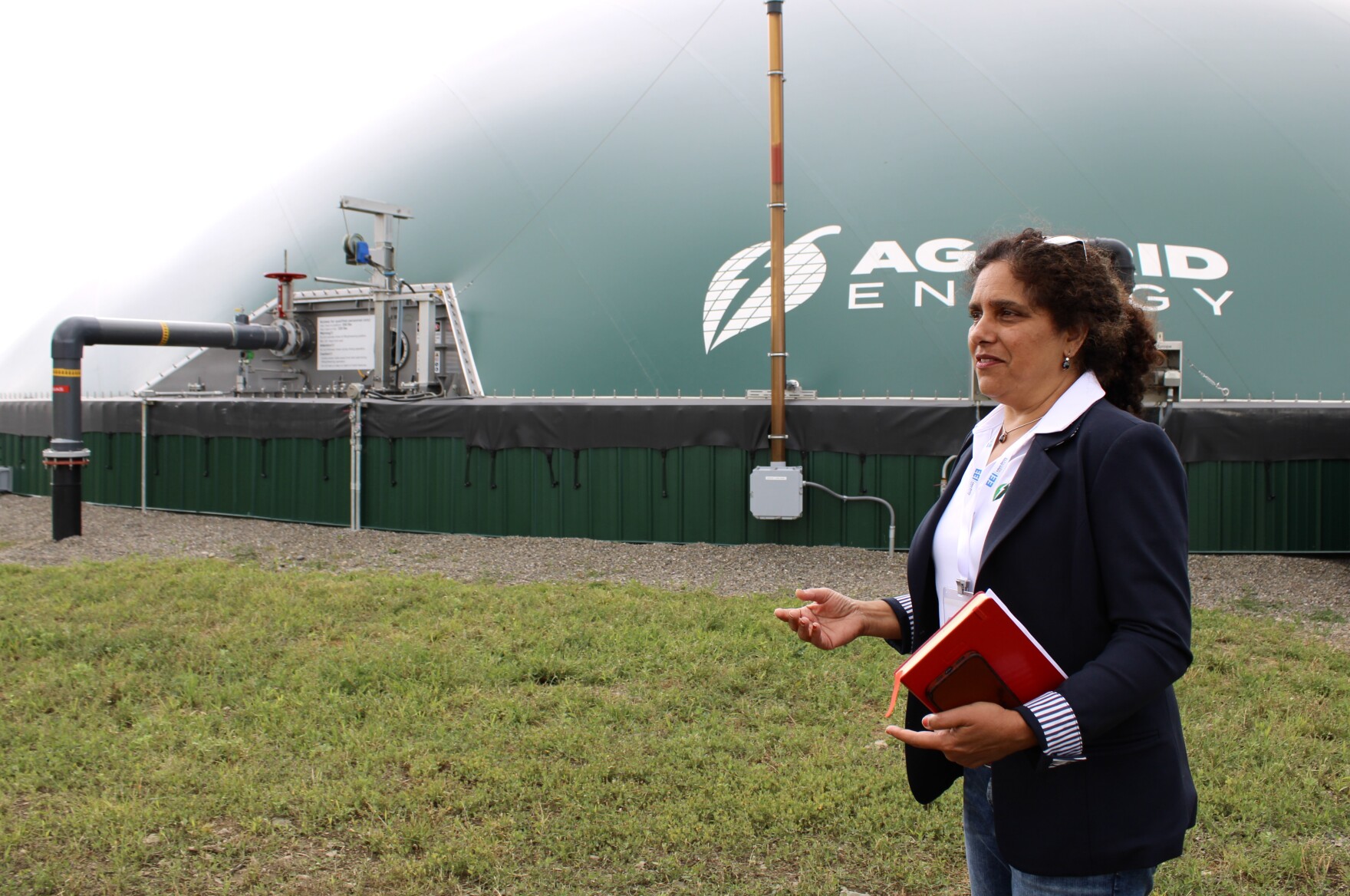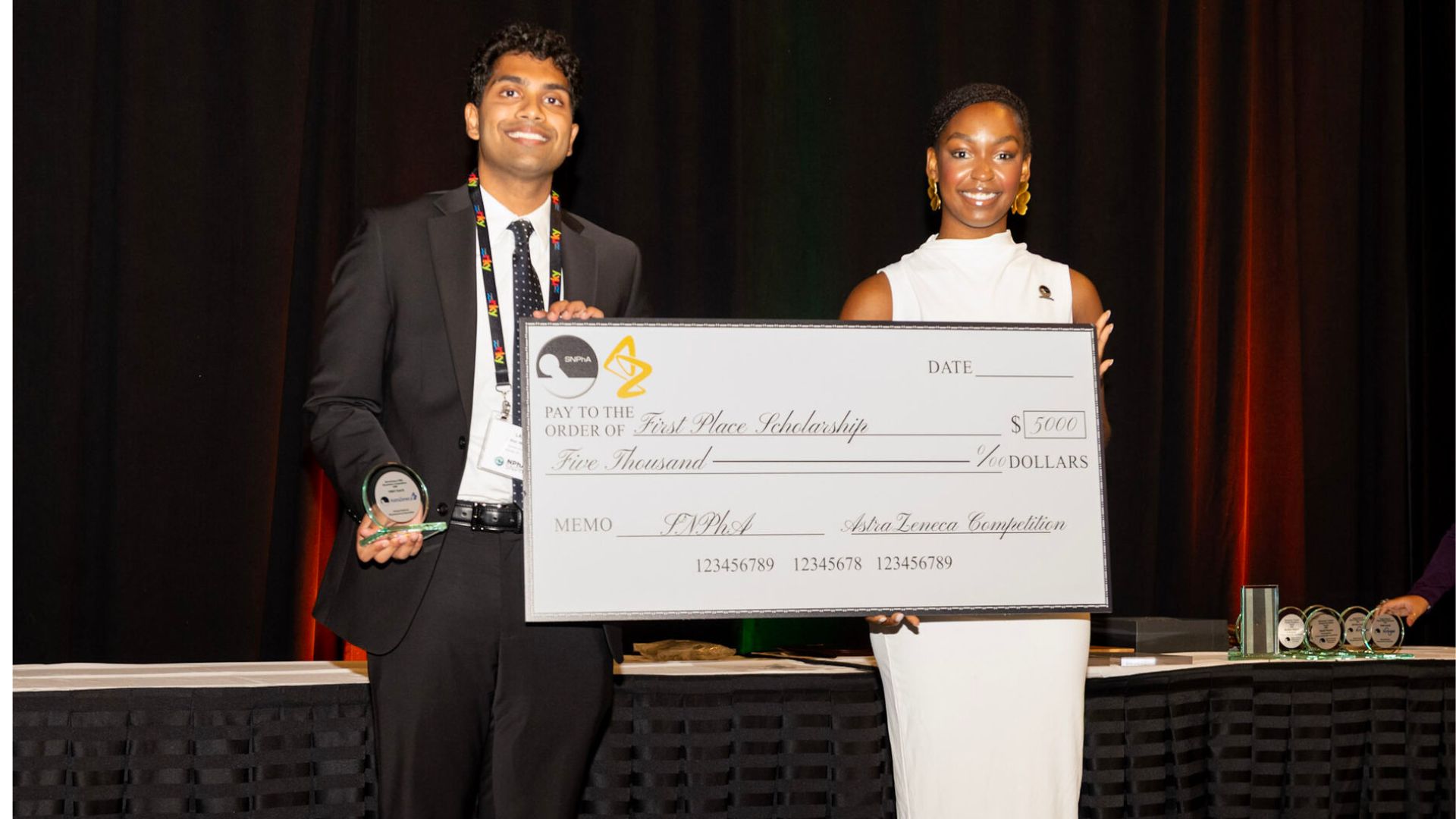In the aftermath of Hurricane Sandy, the Connecticut Institute for Resilience and Climate Adaptation (CIRCA) was created to help build climate resiliency in the state of Connecticut. This past October saw CIRCA’s 10th anniversary, which was marked by an event that drew researchers, policymakers, and stakeholders from across the state.
CIRCA works closely with communities and decision-makers to develop resilience in many ways, from crafting policy, assessing climate vulnerability, supporting clean energy projects, mapping community and environmental justice communities across the state, and many more. Though much has been accomplished, more work is ahead as the climate crisis grows more pressing.
CIRCA Executive Director and Professor in the Department of Marine Sciences James O’Donnell reflects on last year, a year where overall, while Connecticut was spared hurricanes, areas of the state like Western Connecticut and Norwich experienced major flooding disasters.
“We were relatively lucky in 2024 since we didn’t have a hurricane, but floods like those in Monroe, Oxford, and Norwich could occur almost anywhere in Connecticut, we’re pretty exposed,” says O’Donnell.
Addressing the issue of exposure is not an easy undertaking, but CIRCA has made significant progress in building relationships with stakeholders and decision-makers both at the state and local levels. Carrying policies and resilience-building planning efforts from idea to finished product takes a lot of time, coordination, and outreach, and all of this takes expertise, and that is what CIRCA’s team of experts offers – help in building climate resilience.
O’Donnell draws on the example of how he is currently serving on a legislative committee that was established to make recommendations on how to best support and expand tourism in southeastern Connecticut, an area that is also vulnerable to the impacts of sea level rise and more frequent flood events.
“They’re concerned about flooding in Mystic, and they realize all of the tourism center, businesses, and the attractions of Mystic Seaport and downtown are largely in the flood zone,” O’Donnell says.
In the winter of 2023, the area in question was underwater several times, says O’Donnell, and those cases were not the result of storms. With rising sea levels and changes in variations in the circulation of the North Atlantic, this trend of flooding will continue to increase, and in the case of Mystic, O’Donnell says we can expect up to 20 inches of sea level rise by 2050.
“Sea level increase in the Northwest Atlantic is increasing faster than everywhere else in the world, and it’s a consequence of the patterns of ocean circulation and changes in ocean circulation that a result from warming of the ocean and atmosphere.”
But for stakeholders and policymakers, having experts to consult and who can provide support and information for making decisions that will ultimately save lives is valuable. O’Donnell says that in his role working with politicians and decision-makers, his role as a physicist is to help answer questions and provide insights.
“The question of what will happen is not hard to project. The question is, what do you do, and who pays for it? That’s the hard part.”
Seeing a project through requires many factors to coalesce, from idea to finished project. O’Donnell says a significant step starts with ensuring all stakeholders are on board with a plan. He draws on an example of a project in Bridgeport that CIRCA started working on in 2017. The plan is to build a berm to protect a neighborhood from sea level rise, and all property owners need to agree before the project can proceed. If anyone objects, the plans need to be modified. After everyone approves the project, the permitting process can begin, followed by getting bids from contractors, and if bids come in higher than expected, either more funding needs to be secured, or the project needs to be redesigned to lower costs, which starts the whole process over.
“It has been eight years, and there’s no construction yet. We’ve got an inventory of around 150 projects that have been identified through a process we call the Resilient Connecticut Planning Process, and those projects are all over the state. We’ve advanced about 15 in a substantial way, and we’ve helped in some other ones. The project pipeline starts, and it ends, and there are steps along the way, and the goal is to advance things up the pipeline, but it takes years.”
O’Donnell says in the case of Mystic, in planning ways to sustain tourism, some people are more interested in short-term questions such as where a parking structure should be built, but even a seemingly simple project like this one benefits from climate resilience expertise,
“My role there is to help them appreciate what areas might be vulnerable in the future. Many of the attractions at Mystic Seaport and some of their infrastructure is in the flood zone. They need to think about how to protect it and ensure that they can sustain visitor interest and make it convenient for people to visit.”
The value of CIRCA’s expertise was appreciated at the 10th-anniversary celebration of CIRCA, says O’Donnell,
“One of the things that was really rewarding from our meeting in October is realizing how climate is considered now, compared to 10 years ago. We had a bi-partisan panel of three Republicans and three Democrats from across the state and they were all very, very supportive and interested in being informed. The other thing that’s happened is several state agencies have created climate planning offices, so they’ve hired people to provide climate-informed perspectives on the work that the agency is doing, including former employees of CIRCA. They poach people from our program, which is a good thing!”
CIRCA is not just focused on flooding, says O’Donnell, more recently, they have started to work on the serious problem of heat stress across the state, especially in urban areas like Hartford and Stamford. Researchers are working to measure and understand current and historical data to track the trends to better predict conditions in the future.
“We currently get two or three days a year when it is above 90 oF at night, and we can expect an increase in the future. When that happens, people feel uncomfortable, and people who are vulnerable suffer, so we’re going to be we have to anticipate that as well. It’s also a significant impact for people who work outside. There are other climate-related impacts that we should plan for.”
As the climate crisis worsens, besides pushing resilience projects ahead, O’Donnell stresses that it is essential that we reduce our emissions as soon as possible.
“If we don’t reduce our emissions, things will get worse late in this century. We’re committed to warming and we’re committed to sea level rise, but what we do now will affect what it’s going to be like in 2100 and it’s a huge difference to what it will be like in 2200. If we don’t rapidly shut down emissions now, we’re talking about building much higher flood walls. It is important to make people aware that we can adapt to small changes, but it will be a different world if we don’t reduce our greenhouse gas emissions.”



